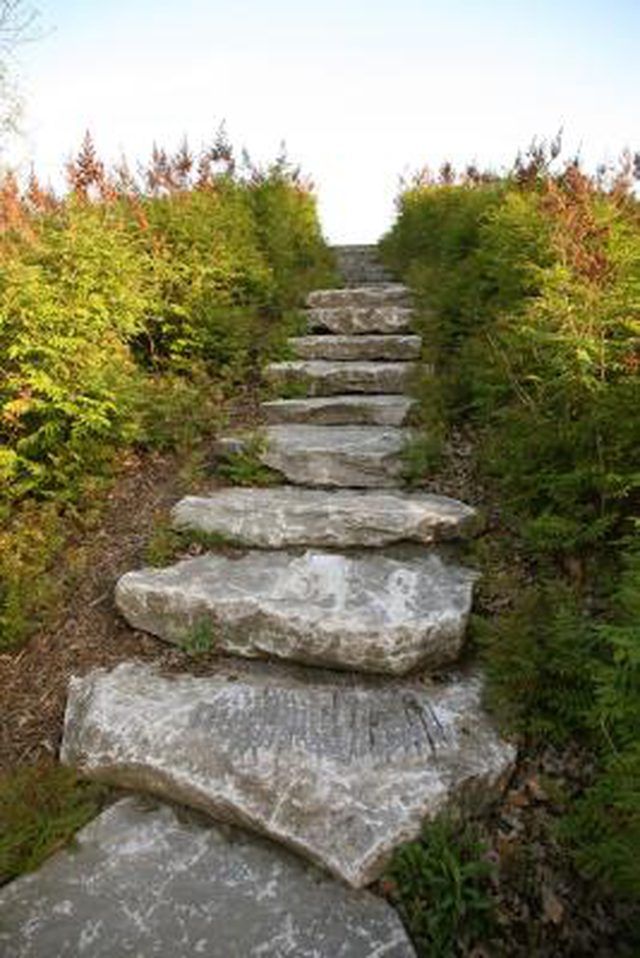Bulbs
Flower Basics
Flower Beds & Specialty Gardens
Flower Garden
Garden Furniture
Garden Gnomes
Garden Seeds
Garden Sheds
Garden Statues
Garden Tools & Supplies
Gardening Basics
Green & Organic
Groundcovers & Vines
Growing Annuals
Growing Basil
Growing Beans
Growing Berries
Growing Blueberries
Growing Cactus
Growing Corn
Growing Cotton
Growing Edibles
Growing Flowers
Growing Garlic
Growing Grapes
Growing Grass
Growing Herbs
Growing Jasmine
Growing Mint
Growing Mushrooms
Orchids
Growing Peanuts
Growing Perennials
Growing Plants
Growing Rosemary
Growing Roses
Growing Strawberries
Growing Sunflowers
Growing Thyme
Growing Tomatoes
Growing Tulips
Growing Vegetables
Herb Basics
Herb Garden
Indoor Growing
Landscaping Basics
Landscaping Patios
Landscaping Plants
Landscaping Shrubs
Landscaping Trees
Landscaping Walks & Pathways
Lawn Basics
Lawn Maintenance
Lawn Mowers
Lawn Ornaments
Lawn Planting
Lawn Tools
Outdoor Growing
Overall Landscape Planning
Pests, Weeds & Problems
Plant Basics
Rock Garden
Rose Garden
Shrubs
Soil
Specialty Gardens
Trees
Vegetable Garden
Yard Maintenance
How to Cut Steps Into a Dirt Slope
How to Cut Steps Into a Dirt Slope. Dirt banks are a feature of many landscaped and natural areas. Traversing them can be made safer and easier by adding steps cut directly into the dirt slope. The simplest steps consist of a wooden vertical back called a riser and a flat step, or tread, formed from the bare earth. Such steps are simple to...

Dirt banks are a feature of many landscaped and natural areas. Traversing them can be made safer and easier by adding steps cut directly into the dirt slope. The simplest steps consist of a wooden vertical back called a riser and a flat step, or tread, formed from the bare earth. Such steps are simple to construct, use readily available materials and blend well with a natural landscape.
Things You'll Need
Tape measure
Spade
Wood planks
Saw
Wooden 2-foot stakes
Sledgehammer
Divide the height of the bank by the depth of each step. For example, if you want the steps to be 8 inches tall, and the bank is 32 inches high, divide 32 by 8. The result is the number of steps required. In this example, four steps are needed because 32 divided by 8 equals 4.
Cut sufficient lengths of wood planking to form the backs, or risers, of the steps. Each plank should be cut to match the desired height and width of the steps. For example, if the steps are 8 inches high and 3 feet wide, cut the planks to those dimensions.
Dig horizontally into the soil at the base of the slope to form a flat surface with a vertical back. The finished excavation should match the width of the step. The height of the back wall should be identical to the height of the step. For example, using the dimensions from Step 2, the excavation would be 3 feet wide with a back wall 8 inches tall.
Place a cut plank at the back of the excavation. Press it firmly against the vertical back wall, then adjust it until the top edge is horizontal.
Place a wooden stake in front of each end of the plank, an inch or two in from the edge. Use stakes twice the height of the riser, and hammer them in until the tops of the stakes are flush with the top edge of the plank. Drive a third stake in halfway along the width of the riser to provide additional strength, if necessary. This forms, and secures, the first wooden riser.
Create subsequent steps by repeating steps 3 through to 5, starting each time at the top of the previous step. Continue adding steps until the top of the slope is reached.
Tips & Warnings
For a rustic look, replace timber planking with split logs or branches.
Use treated wood to extend the life of the risers and to help deter rot and termites.
Spread gravel, bark chips or stone chippings on the treads to increase grip and hide the bare dirt.
Digging and hammering may cause injuries to your back, hands and feet. Use tools carefully and do not over-reach or lift loads that impose unnecessary strains on muscles.
Wildlife such as snakes and bears may attack if disturbed. Do not work alone in high-risk areas. Carry a first aid kit at all times.